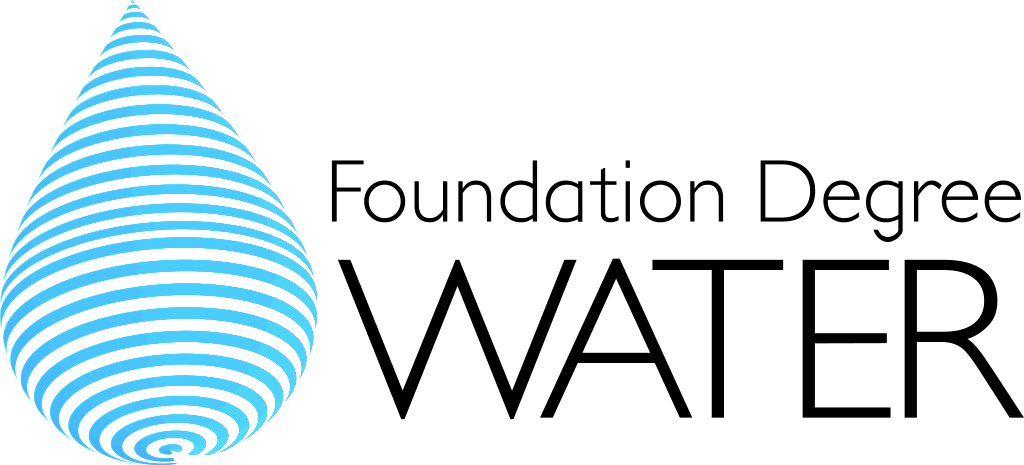 Underground utilities are the mains and cables located below ground that carry various types of services to homes, businesses, and anywhere you find people. Providers of these utilities are often public utility companies, but can also be service providers and even individuals.
Underground utilities are the mains and cables located below ground that carry various types of services to homes, businesses, and anywhere you find people. Providers of these utilities are often public utility companies, but can also be service providers and even individuals.
The potential dangers of working near underground services is one of the key risk factors for anyone engaged in utility activities.
Pipe and cable locators offer an effective way to locate buried electrical lines and conduit. Locators should be used to trace services and get an accurate picture of where services are laid underground. The locator scan is used to trace the line of any live pipe or cable and to confirm the location and depth.
This qualification will provide candidates with the knowledge and skills to safely locate buried services and provides advice and instruction on how to reduce the risks.
For the successful completion of the qualification, candidates must complete an end of course practical assessment or knowledge test that measures the learning outcomes and has a pass or fail criteria.
Learning Outcomes
Understand published guidance covering utility avoidance in the location of buried Work services in construction
- Explain what is meant by a Safe System of Work
- Describe the difference between legislation and guidance
- Explain the reasons why excavations take place
- Describe the consequences of an underground service strike
Understand the importance of regulations related to the location of buried services in construction
- Describe client responsibility in terms of buried services
- Describe the responsibility of construction designers in terms of buried services
- Describe how to identify when it is necessary to make alterations to a project due to the presence of buried services
Understand the advantages of obtaining accurate information related to the positioning of underground services
- Identify different types of drawings used in services location
- Describe types of inaccuracies that may be found in drawings
- Explain how the data and detail on drawings may have limitations
- Describe how regional differences may exist on drawings
Understand the requirements for the maintenance of underground service location equipment
- Describe the calibration requirements of the equipment
- Describe the reasons for the correct storage and carriage of equipment including ancillaries
- Demonstrate equipment functionality including ancillaries
- Demonstrate the use of control measures for faulty equipment including ancillaries
Be able to recognise electro-magnetic fields and their relationship to underground service location
- Demonstrate how to apply active signals to services
- Describe the use of passive signals in service location
- Describe how service depth is obtained when using electro-magnetic location methods
- Demonstrate how to accurately position services when using service location equipment
- Describe the limitations of electro-magnetic location in areas of heavy service congestion
- Describe the effects of metallic structures on electromagnetic service location
- Describe the types of services, including construction materials, that can be located using electro-magnetic location
Be able to close out a site
- Demonstrate final site sweeping procedures
- Describe site surface marking standards
- Explain site handover requirements
Assessment
Candidates must demonstrate the level of knowledge described in the unit. Assessment is the process of measuring a candidate’s knowledge and understanding against the standards set in the qualification.
Each candidate is required to produce evidence which demonstrates their achievement of all of the learning outcomes and assessment criteria for each unit.
Evidence can include: assignments/projects/reports; worksheets; portfolio of evidence; record of oral and/or written questioning; candidate test papers
Learning outcomes set out what a candidate is expected to know, understand or be able to do.
Assessment criteria specify the standard a candidate must meet to show the learning outcome has been achieved.
Summary – Award
Candidates who achieve the requirements for qualifications will be awarded:
- A certificate listing the unit achieved, and
- A certificate giving the full qualification title – ProQual Level 2 Award in Utility Avoidance and the Location of Buried Services in Construction
More Information
Please fill in the form below to request more details on the qualification and to download the qualification leaflet.



You must be logged in to post a comment.